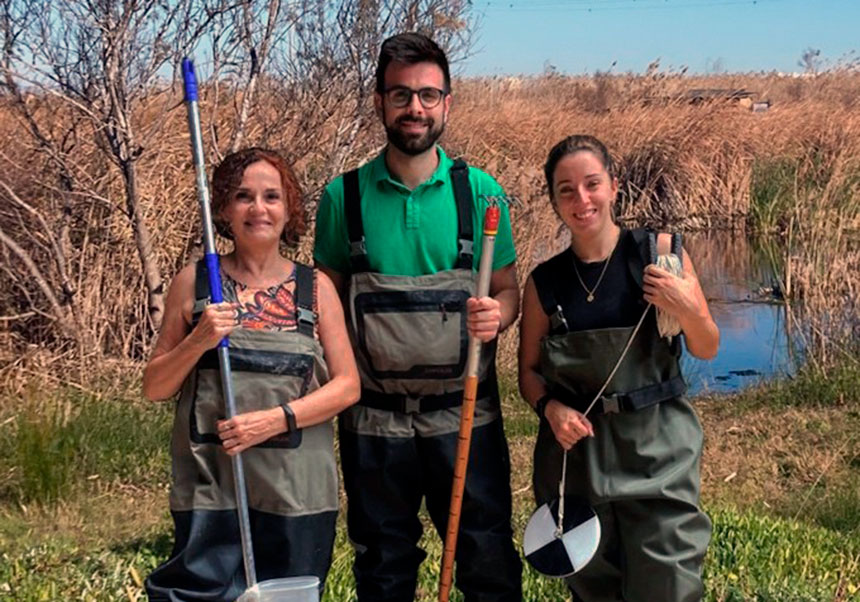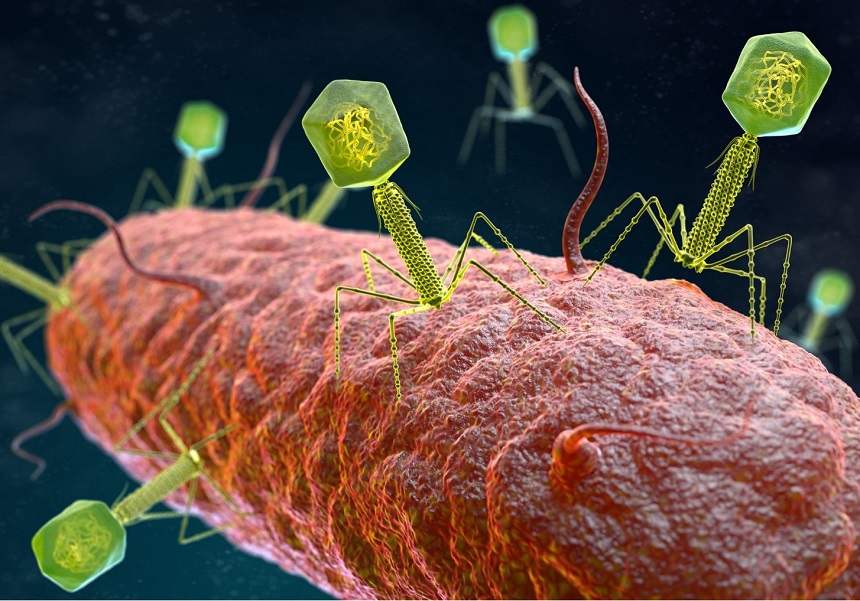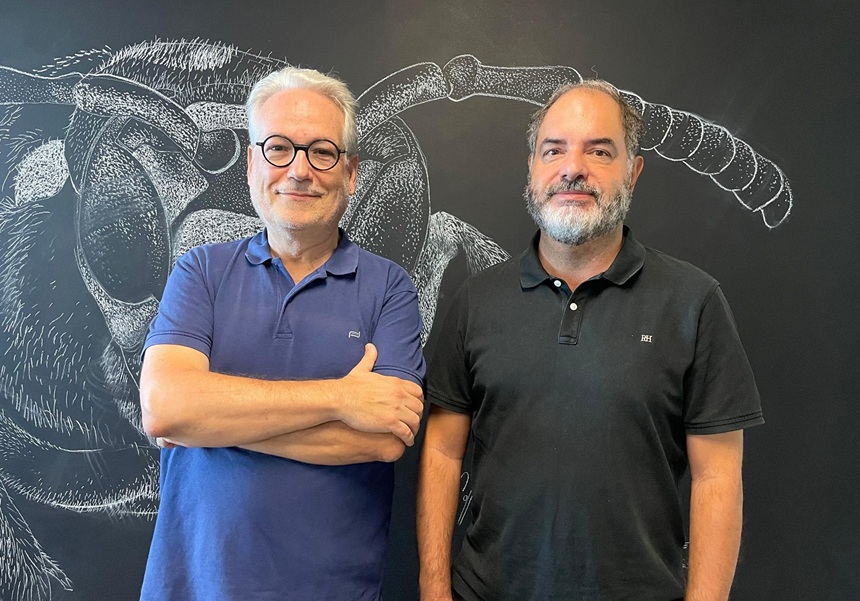Innovative model developed to predict left ventricular thrombus after acute myocardial infarction
- Scientific Culture and Innovation Unit
- January 24th, 2025

A study led by the INCLIVA Health Research Institute, the Clinical University Hospital of Valencia, and the Cardiovascular Diseases area of the Biomedical Research Networking Centre (CIBERCV), with the involvement of the University of Valencia, has developed an innovative model to predict left ventricular thrombus after acute myocardial infarction.
Left ventricular thrombus is a severe and potentially fatal complication that can occur after an acute myocardial infarction. Its precise detection is complex and there is currently no established protocol for identifying which patients require more thorough screening and close follow-up. This study proposes a structured approach that could help allocate resources more effectively to the patients at greatest risk.
The research, directed by Dr Víctor Marcos Garcés, researcher at the INCLIVA’s Translational Research Group on Ischaemic Heart Disease and at CIBERCV and cardiologist at the Clinical University Hospital of Valencia, concludes that left ventricular thrombus can be predicted within the first six months post-infarction based on variables that are easily accessible before hospital discharge. The results indicate that 20% of patients in the high-risk group would go on to develop a left ventricular thrombus.
Other contributors to the study include doctors Carlos Bertolín Boronat and Vicente Bodí from INCLIVA, the Clinical University Hospital of Valencia and the University of Valencia (UV), among others. The research was conducted in collaboration with the Salamanca University Assistance Complex (CAUSA), the Salamanca Biomedical Research Institute (IBSAL), the Clinical University Hospital of Salamanca and the Clínic and Vall d’Hebron university hospitals of Barcelona.
"Left ventricular thrombus is a serious complication that significantly increases the risk of stroke and mortality, even years after a myocardial infarction. Although echocardiography is a commonly used tool, it has limitations, as up to half of the thrombi can go undetected using this technique", explained Dr Carlos Bertolín Boronat, cardiologist and lead author of the study. "Cardiac magnetic resonance imaging (MRI), on the other hand, offers greater accuracy, but its high cost and limited availability hinder widespread implementation", he added.
The study, conducted at the Clinical University Hospital of Valencia, offers a promising solution to optimise the detection of these thrombi and move towards precision medicine. In the study, 590 patients with acute myocardial infarction were evaluated during their hospital stay using the clinical history, electrocardiograms and echocardiograms. Subsequently, cardiac MRI was performed to comprehensively analyse heart structure and function and detect the ventricular thrombus more reliably.
"The study’s findings are encouraging: by performing routine assessments during hospital admission, it is possible to assign an individualised risk of developing left ventricular thrombus within the first six months after infarction", commented Dr Víctor Marcos Garcés, a CIBERCV research cardiologist working in the Post-Infarction Cardiac Rehabilitation Unit at the Clinical University Hospital of Valencia and part of the team conducting cardiac MRI scans at the centre, in collaboration with the Radiodiagnostic Service.
"This approach would enable earlier identification of more cases, reducing associated complications and optimising available resources. In particular, we propose prioritising cardiac MRI for patients at higher risk, striking a balance between diagnostic efficacy and economic sustainability", he concluded.
Article reference: Bertolin-Boronat, C., et al.(2024). «Prediction of left ventricular thrombus after myocardial infarction: a cardiac magnetic resonance-based prospective registry». European journal of internal medicine, S0953-6205(24)00406-0. Advance online publication. https://doi.org/10.1016/j.ejim.2024.09.015
Categories: Investigació a la UV , Facultat de Medicina i Odontologia , Difusió i comunicació científica , Finançament recerca , Grups de recerca , Recerca, innovació i transferència
















